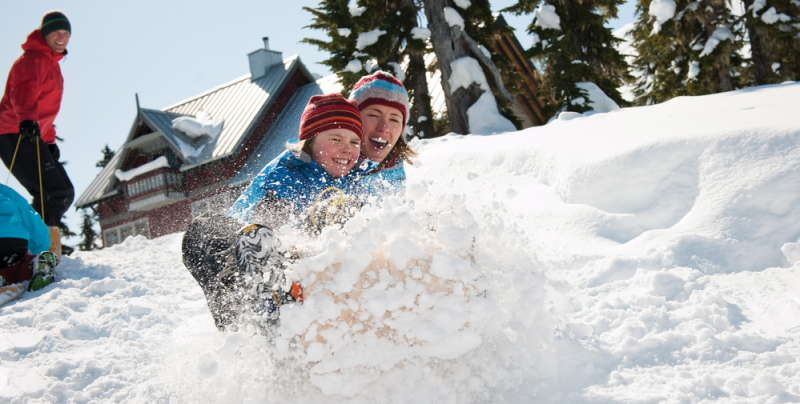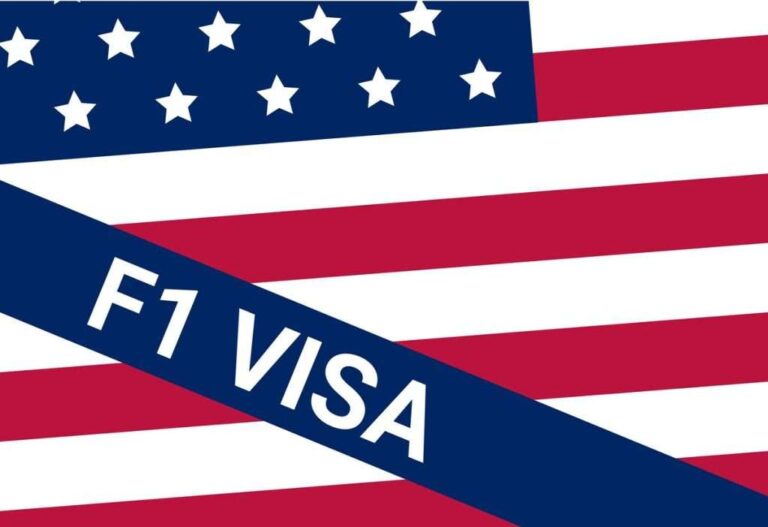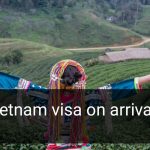Planning a trip to Canada this winter? Whether you’re wandering through snowy streets, sipping hot cocoa after a mountain ski, or simply exploring vibrant cities, your Canadian holiday adventure can be unforgettable if you know the rules of the road. In this article, we’ll break down travel etiquette, safety essentials, and cultural norms. Think of it as your friendly guide to what you should do and what you shouldn’t do while visiting Canada. Get ready to blend in, stay safe, and enjoy the season.
Do Dress in Layers; Don’t Underestimate the Wind Chill
Canada’s winter weather doesn’t just bring low temperatures, it brings biting wind, sudden changes, and even mild days that feel much colder than expected.
Do dress in layers
Start with a base layer that wicks moisture, add a warm mid-layer like fleece or wool, and finish with a windproof, waterproof outer shell. Don’t forget winter boots, a warm hat, gloves or mittens, and a neck warmer or scarf. If you’ll be outdoors for more than a few minutes in many regions, you may encounter temperatures well below freezing, so the right gear matters.
Don’t underestimate the wind chill
Even when the thermometer reads a moderate number, wind can dramatically increase how cold it feels. Winter travelers in Canada should prepare for rapidly changing conditions and icy surfaces. When walking around older city centers or near waterfronts, icy sidewalks are common, and a strong gust of wind can turn an ordinary stroll into a freezing challenge. Bottom line: prepare for cold you can feel in your bones, not just the number on the thermometer.
Do Try Local Foods like Poutine and Butter Tarts; Don’t Feed Wildlife in National Parks
Do embrace Canadian culinary treats
Part of your Canadian holiday adventure is tasting your way through Canada’s food culture. Enjoy classic dishes like poutine (fries with gravy and cheese curds), butter tarts (sweet pastry with gooey filling), and locally produced maple syrup sweets. Canada is also known for regional favorites like Montreal smoked meat sandwiches, Nanaimo bars, and freshly caught salmon on the West Coast. Food is one of the best ways to experience the warmth of the locals, even when the temperature outside says otherwise.
Don’t feed wildlife in national parks
If your trip takes you to national parks or nature reserves, it’s crucial to respect wildlife rules. Feeding wild animals may seem harmless, but it can disrupt their natural behavior, endanger people, and even be illegal. Visitors are advised to keep a safe distance from wildlife, store food properly, and follow park signage. Enjoy the food, but respect the nature that makes Canada so spectacular.
Do Learn Basic French Greetings if Visiting Quebec; Don’t Assume Everyone Speaks English
Do learn a few French phrases
In the province of Quebec, French is the official language, and many residents primarily speak French. Visitors who make the effort to say “Bonjour,” “Merci,” and “S’il vous plaît” often stand out positively. It’s not about fluency, it’s about respect and effort. Locals appreciate travelers who try to connect through their culture and language.
Don’t assume English will suffice everywhere
While English is widely spoken across Canada, in Quebec and especially in smaller towns, you might encounter people whose first language is French. Avoid assuming that everyone speaks English; it shows cultural sensitivity and respect for diversity. A friendly “Bonjour” goes a long way and can open doors to genuine conversations and experiences.
Do Tip Restaurant Staff (15–20%); Don’t Forget Travel Insurance
Do tip appropriately
Tipping is an accepted part of Canadian restaurant culture. In sit-down establishments, the common guideline is 15 to 20 percent of the pre-tax bill. Many payment terminals will prompt you for a tip when paying by card. Tipping is also expected for services like taxis, barbers, and hotel staff. It’s considered a reflection of appreciation for good service and part of the social norm in Canada.
Don’t leave home without travel insurance
Canada is generally very safe for travelers, but unexpected events can happen, such as weather disruptions, accidents, or medical needs. It’s wise to have travel insurance that covers emergencies, especially if you plan to explore outdoor winter activities or remote areas. Don’t assume your home coverage applies internationally. Review what your policy includes, particularly for winter sports or medical care, and carry documentation with you.
Additional Do’s and Don’ts to Maximize Your Experience
Do respect queues and punctuality
Canadians appreciate courteous behavior: waiting your turn in line, arriving on time for bookings or tours, and being polite in public spaces. Punctuality is seen as a sign of respect, whether for social gatherings or professional meetings. If you’re meeting locals or joining group excursions, being on time makes a great impression.
Don’t discuss sensitive topics or make broad assumptions
Avoid assuming that Canada is just like another country, or making comments about politics, religion, or Indigenous issues without awareness. Canadians are generally polite and open-minded but prefer to avoid controversial or divisive discussions with strangers. Keep conversations light and friendly, such as travel stories, food, culture, and hockey.
Do respect nature and local rules
Whether you’re in a major city or a wilderness region, follow local laws and guidelines. In national parks, respect signage, stay on marked trails, and maintain your distance from wildlife. Even outside of parks, be mindful of environmental rules such as proper waste disposal and recycling. Canadians take pride in their natural surroundings, and visitors are expected to do the same.
Don’t dress underprepared for weather or terrain
It might sound repetitive, but traveling in Canada during winter demands sensible gear and awareness of conditions. From icy sidewalks in Toronto to snow-covered paths in Banff, underestimating the weather is a common mistake. Layer up, stay dry, and wear proper footwear to avoid slips and frostbite. Preparedness equals comfort.
Do Explore and Engage; Don’t Rush Through Your Visit
Do explore local experiences
Each region of Canada offers something unique. In British Columbia, explore mountain trails and hot springs. In Ontario, visit festive markets and ice rinks. In Quebec, enjoy winter carnivals and historic architecture. In the Atlantic provinces, cozy fishing towns and seaside celebrations create an unforgettable charm. Taking the time to explore regional traditions helps you see Canada beyond its postcard image.
Don’t rush your journey
Canada is vast, the second-largest country in the world, and distances between destinations can be deceiving. Avoid trying to see it all in one trip. Choose a few key regions, explore them deeply, and enjoy local moments like sipping hot chocolate by a roaring fire or chatting with locals at a holiday market. The slower pace will leave you with more lasting memories than a packed itinerary ever could.
Your Canadian holiday adventure can be one of the most enriching experiences of your life. Do dress in layers, savor local foods, respect cultural diversity, and stay safe with travel insurance. Don’t feed wildlife, assume English is spoken everywhere, or underestimate how cold the wind can feel. By following these simple do’s and don’ts, you’ll travel with confidence, connect with locals, and experience the genuine warmth that makes Canada so special.
So pack your parka, practice your “Bonjour,” and get ready for a journey filled with maple-flavored treats, breathtaking scenery, and the friendly hospitality Canada is famous for.








